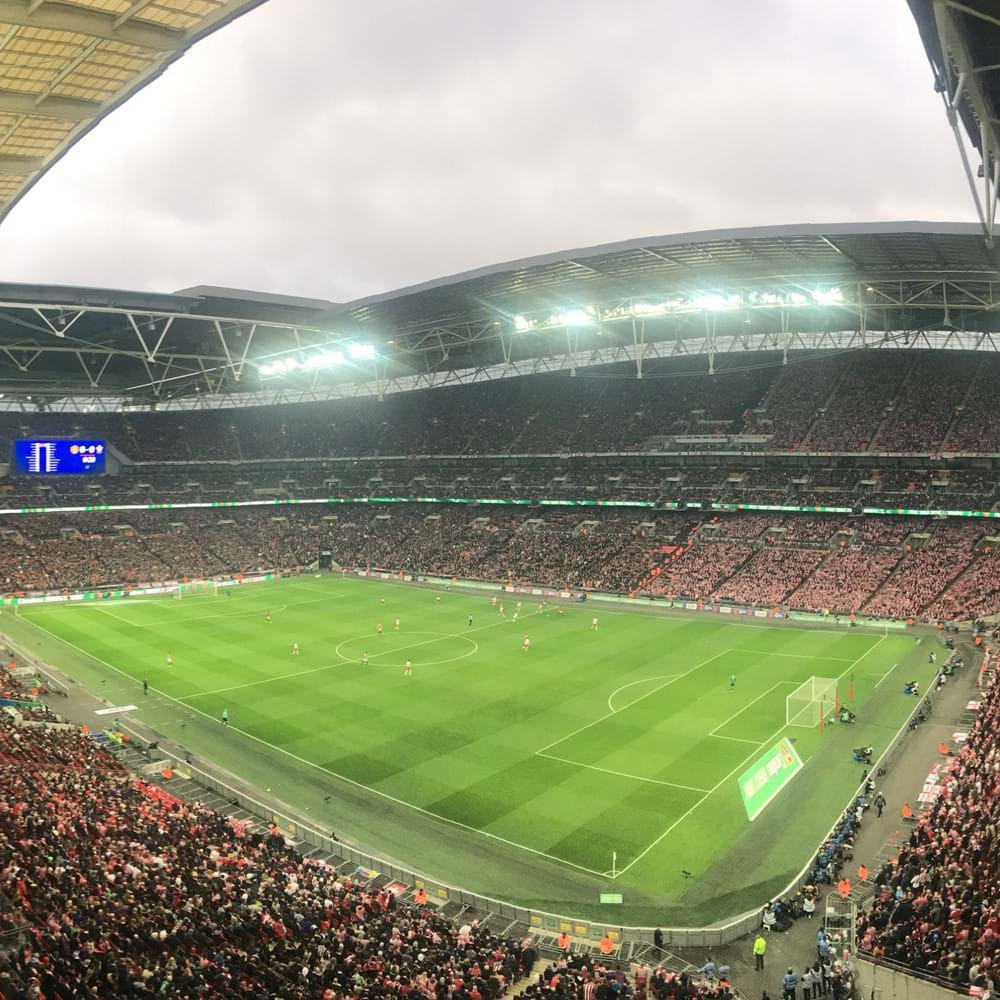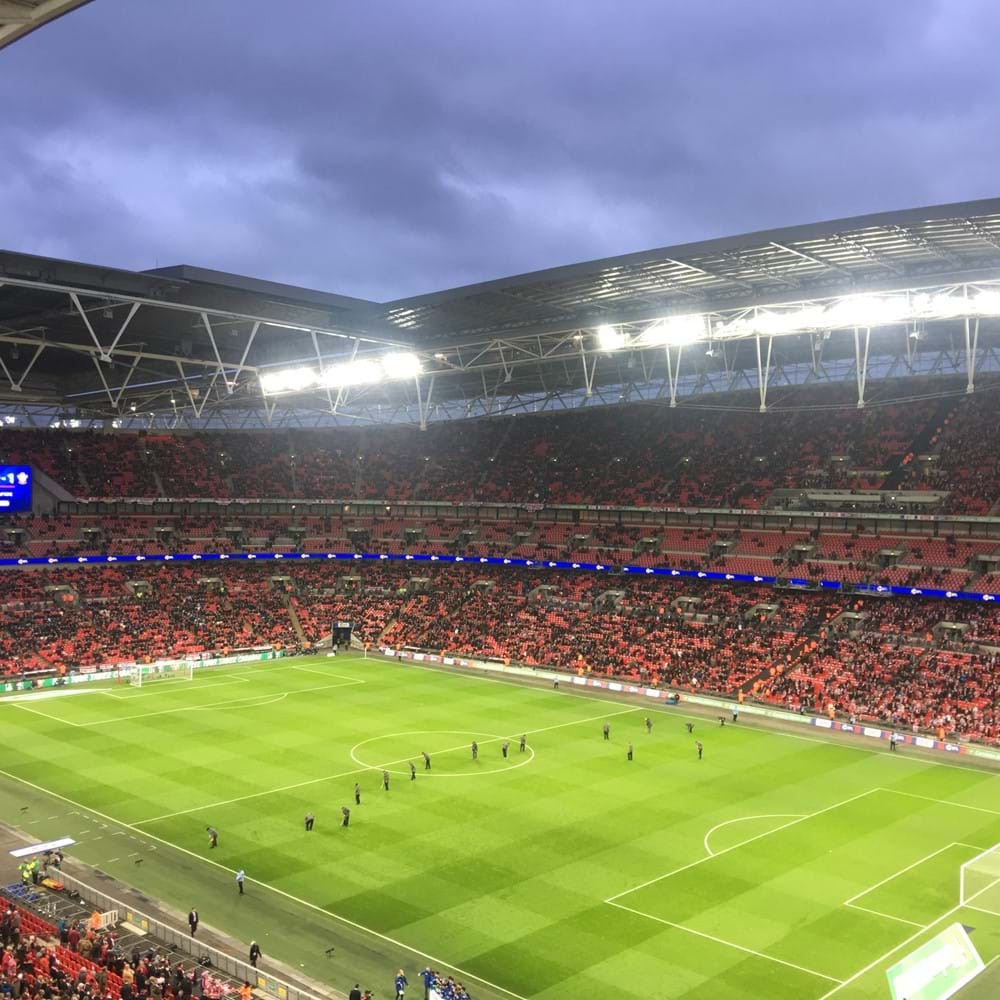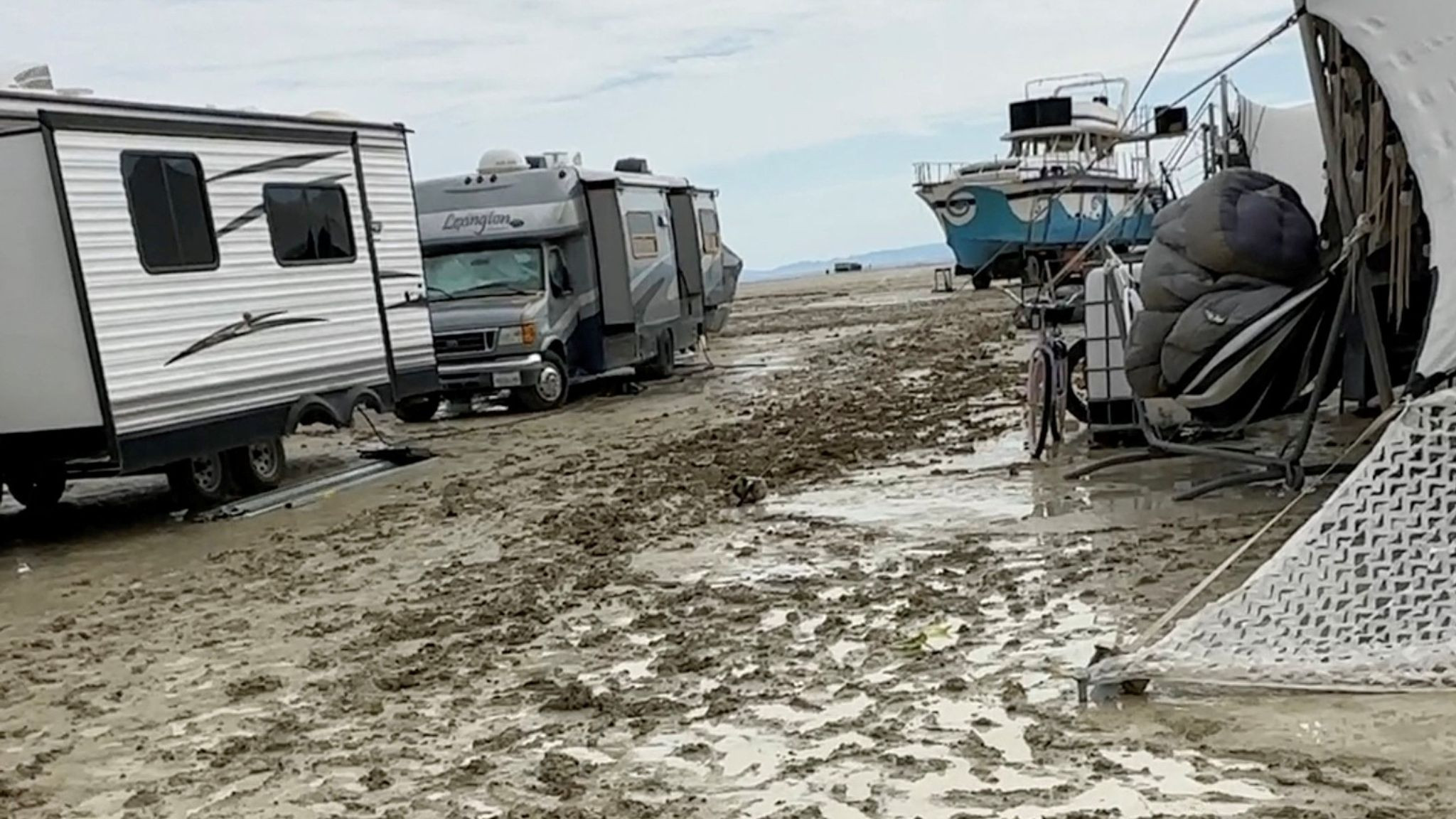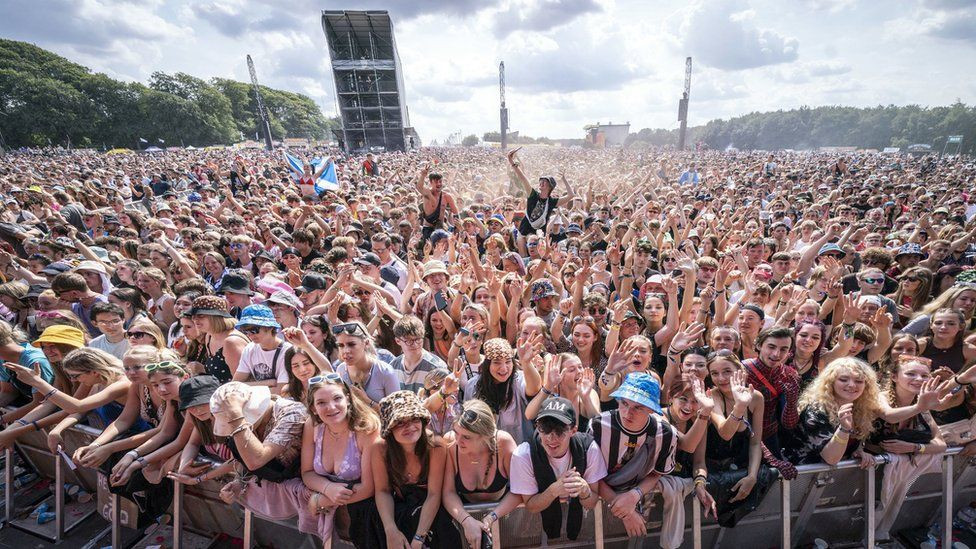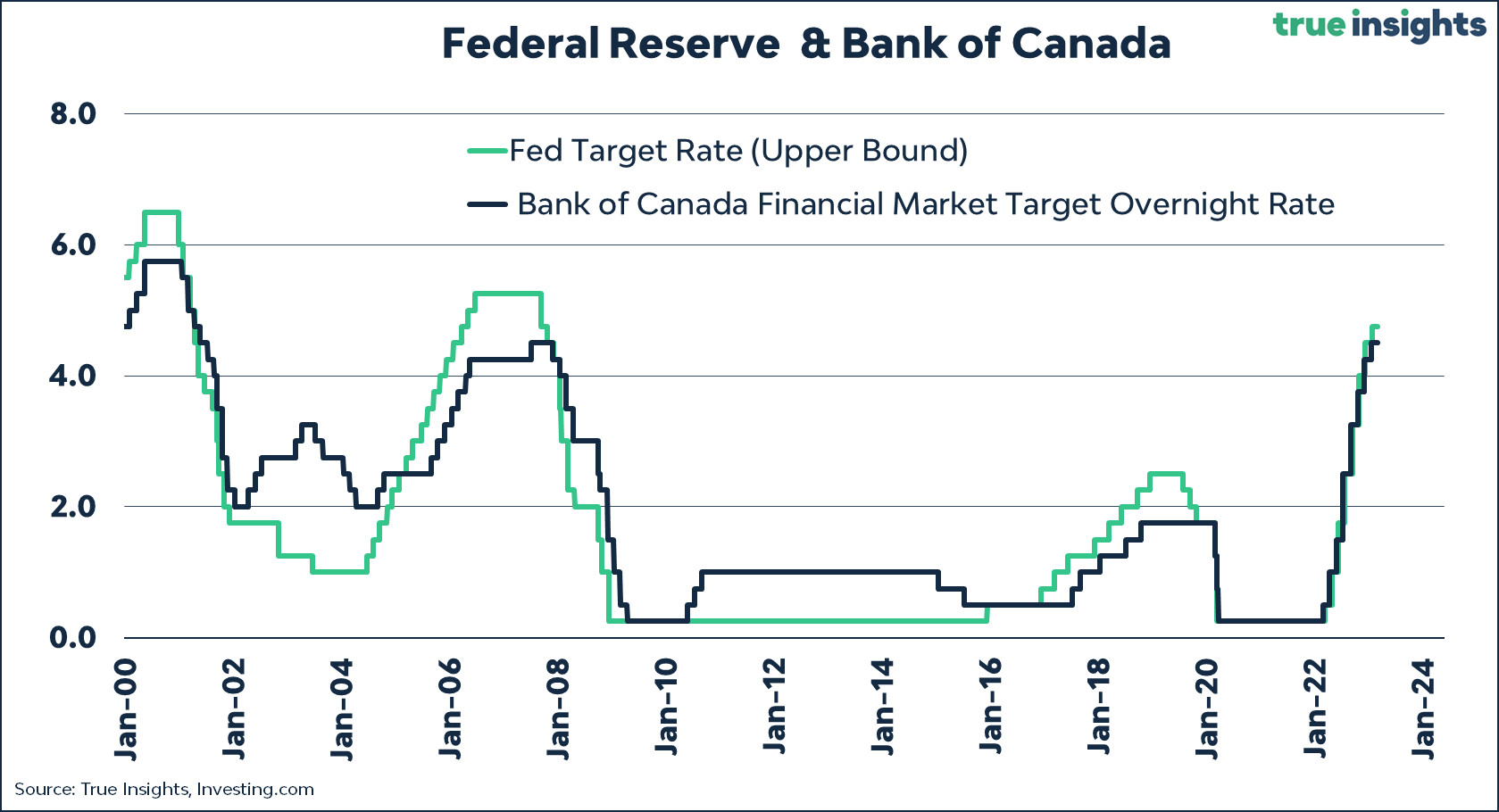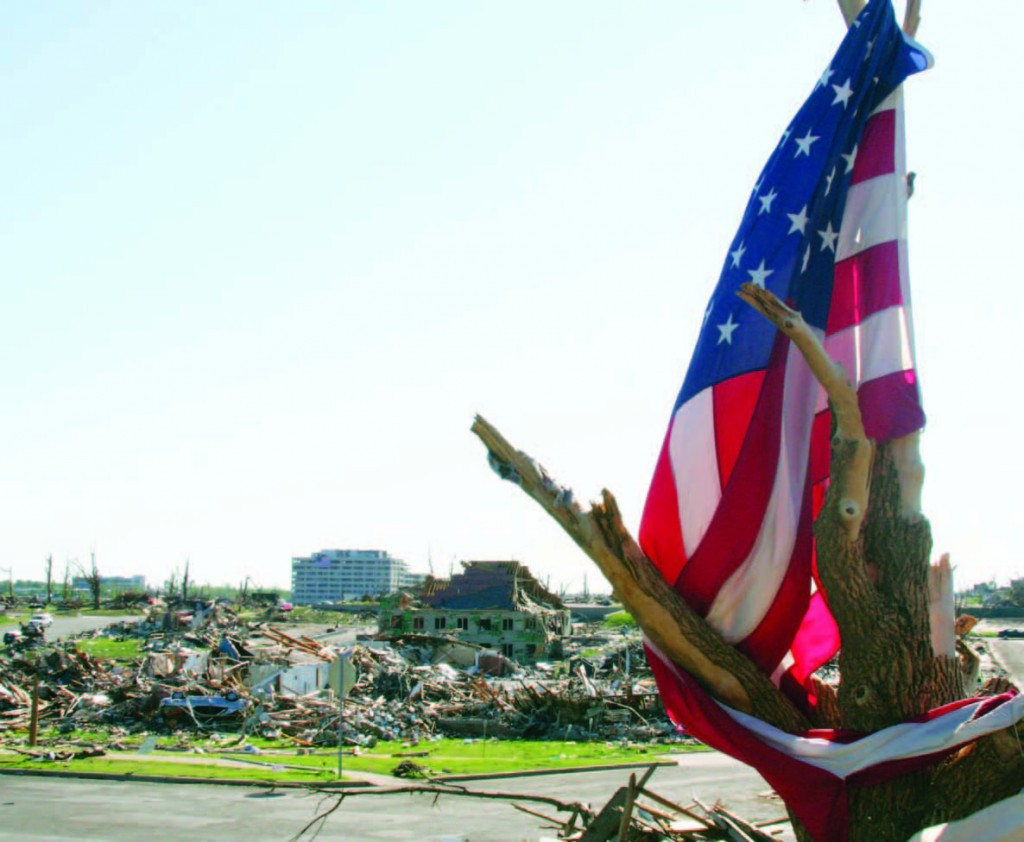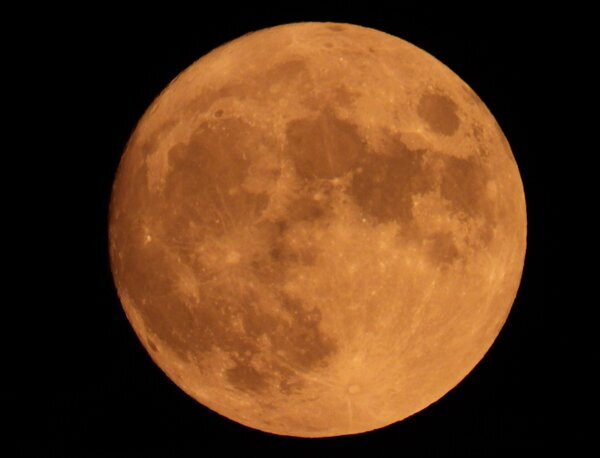Ireland's Wembley Woes: A Century of Heartbreak and Hope at the Home of Football
There was a time when securing tickets to a football match at Wembley was a Herculean task. The atmosphere, the history, the sheer spectacle – it all contributed to an almost mythical aura surrounding the stadium. Tommy Cooper, the famed comedian, once even managed to obtain tickets from Queen Elizabeth II herself after a clever bit of humour during a Royal Variety Performance. “Can I ask you a personal question, do you like football?” he inquired. Her Majesty's polite but firm “Not particularly, no” was swiftly followed by Cooper's cheeky request: “Well in that case can I have your FA Cup Final tickets?”
Sadly, the same fervent desire isn't evident for this Sunday's match between Ireland and England. The FAI has even returned a number of unsold tickets, a stark reflection of the prevailing apathy. This is, however, understandable given Ireland's historical struggles at Wembley.
Wembley: Inspiring Memories or Generating Nightmares?
Wembley's official tagline is 'Inspiring Memories.' For Irish football fans, a more accurate descriptor might be 'Generating Nightmares.' The reality is stark: Ireland has only managed to beat England twice in their entire history. Both victories occurred away from Wembley, highlighting the particular challenge posed by this legendary stadium.
Early Encounters and a Historic Win
Ireland's first victory over England came in 1949, a resounding 2-0 triumph at Goodison Park. This marked the first time Ireland had defeated England on their home turf. Another famous victory arrived in 1988 at Stuttgart, where Ray Houghton's goal secured a 1-0 win for Ireland during their debut in a major championship, the unforgettable Euro '88.
The Wembley Curse Begins
Ireland's inaugural visit to Wembley in May 1957 proved to be an inauspicious start, ending in a 5-1 thrashing. Tommy Taylor, a Manchester United star who tragically perished in the Munich air disaster, scored a hat-trick for England that day. This marked Taylor’s first World Cup qualifying goal at the stadium.
Recent Disappointments
Ireland’s most recent encounter at Wembley, during the Covid-19 pandemic, concluded in a 3-0 defeat. The visitors were thoroughly outplayed and the absence of fans perhaps made the lopsided scoreline easier to swallow.
A History of Bizarre Decisions and Unfortunate Outcomes
The FAI's history at Wembley is not just marked by defeats on the pitch, but also by questionable off-field decisions. Their choice to trade all gate receipts in exchange for moving their 1966 World Cup play-off against Spain from London to Paris remains a perplexing strategy. The result? A 1-0 loss at the Parc des Princes, leaving Irish goalkeeper Pat Dunne to lament, “The only Irish flag I saw in the stadium was the one on the flagpole.”
Painful Memories for Irish Club Players
Wembley hasn't been kind to Irish club players either. Manchester United's Kevin Moran holds the dubious distinction of being the first player ever sent off in an FA Cup final, a reckless challenge on Peter Reid in 1984 sending the Everton midfielder momentarily airborne. John Aldridge, famous for his penalty-scoring prowess with Liverpool, is forever remembered for the one he missed against Dave Beasant in the 1988 FA Cup final, gifting Wimbledon a 1-0 victory.
The Unlikely Success of Irish Rugby and GAA at Wembley
Ironically, Ireland boasts a far more impressive record at Wembley in other sports. The Irish rugby team, for instance, has an undefeated record at the stadium, beginning with a 1999 victory against Wales. They also famously triumphed over Romania in the 2015 Rugby World Cup, captivating a tournament-record crowd of 89,267 despite it being merely a pool match. This success stands in stark contrast to the football team's struggles.
The GAA, ever resourceful, devised a plan to ensure an Irish win at Wembley. Between 1958 and 1974, they organized exhibition matches between Irish county teams, attracting crowds exceeding 40,000 spectators. These matches, playfully termed 'Wembley at Whit,' involved a unique brand of Gaelic football, which a British Pathé commentator described with bemusement as “all the aggression of soccer, rugger, and prize fighting – but what the rules are, you’d have to ask an Irishman”.
From Greyhounds to Glory: A Stadium's Transformation
Even Wembley Stadium itself had a rather unusual journey to its current status. For decades after opening in 1923, it was considered a financial disaster, its survival dependent on revenue from greyhound racing. This dependence was so significant that a 1966 World Cup group game was moved to White City to avoid disrupting the regular Friday races. In 1931, Mick the Miller, an Irish greyhound, achieved legendary status, securing wins in both the Wembley Spring Stakes and the St Leger at Wembley.
The 2013 Friendly: A Glimmer of Hope, Quickly Vanished
Returning to Wembley after a 22-year absence for their first match at the redeveloped stadium, Ireland initially looked set for glory. Shane Long’s header put Ireland ahead, sparking a brief moment of hope. Yet, Lampard's equalizer dashed any dreams, leaving the encounter at a draw. Only Seamus Coleman remains from the starting line-up in that friendly; Robbie Brady was an unused substitute, while John O'Shea played the full match.
A History of Near Misses and Heroic Efforts
Despite the overwhelming number of defeats, Ireland has also created some unforgettable moments at Wembley. Niall Quinn's equalizer against England in a Euro 92 qualifier in 1991 stands as a testament to Irish resilience and determination. Similarly, Johnny Giles led Ireland to their first draw at Wembley in 1976, a match described by Liam Brady as an experience filled with atmosphere and preparation thanks to Giles’s leadership. Yet these glimpses of success are ultimately overshadowed by the lengthy string of losses.
The 2024 Defeat: A Harsh Reality Check
The most recent match at Wembley serves as a stark reminder of the challenges facing the Irish team. A 5-0 defeat, with goals from Kane, Bellingham, Gordon, and Gallagher, highlighted the gulf in class between the two sides. While the team’s motivational video created a buzz, it ultimately had little impact on the outcome. The harsh reality is that Ireland still has a long way to go to achieve success at Wembley.
A Future at Wembley? Hope Remains, but the Challenge is Steep
Despite the long and often painful history at Wembley, hope remains. The spirit of Irish football continues to burn bright, and the memories of past victories, however few, serve as an inspiration for the future. The path towards success at Wembley may be steep and arduous, but it is far from impassable.




